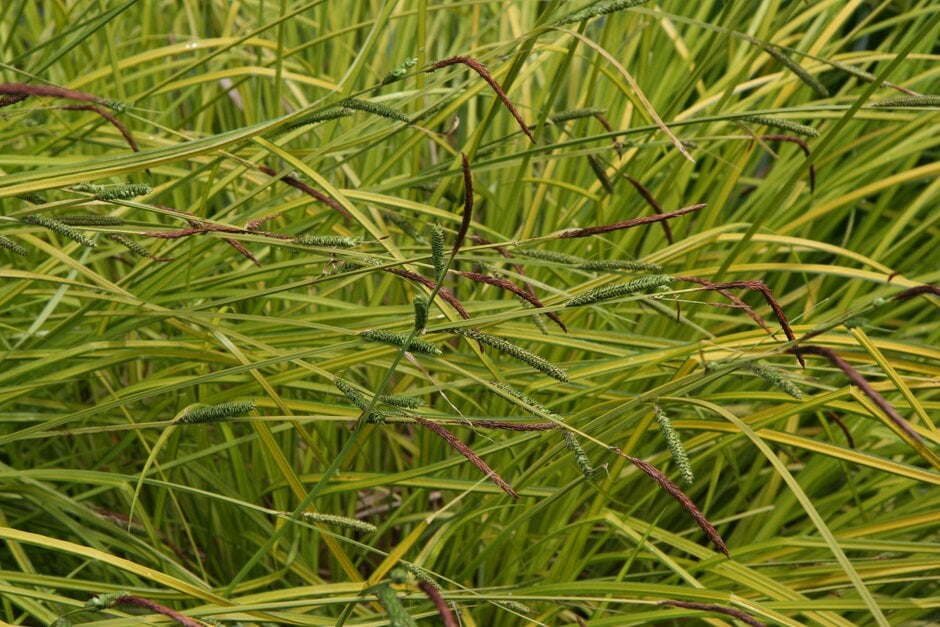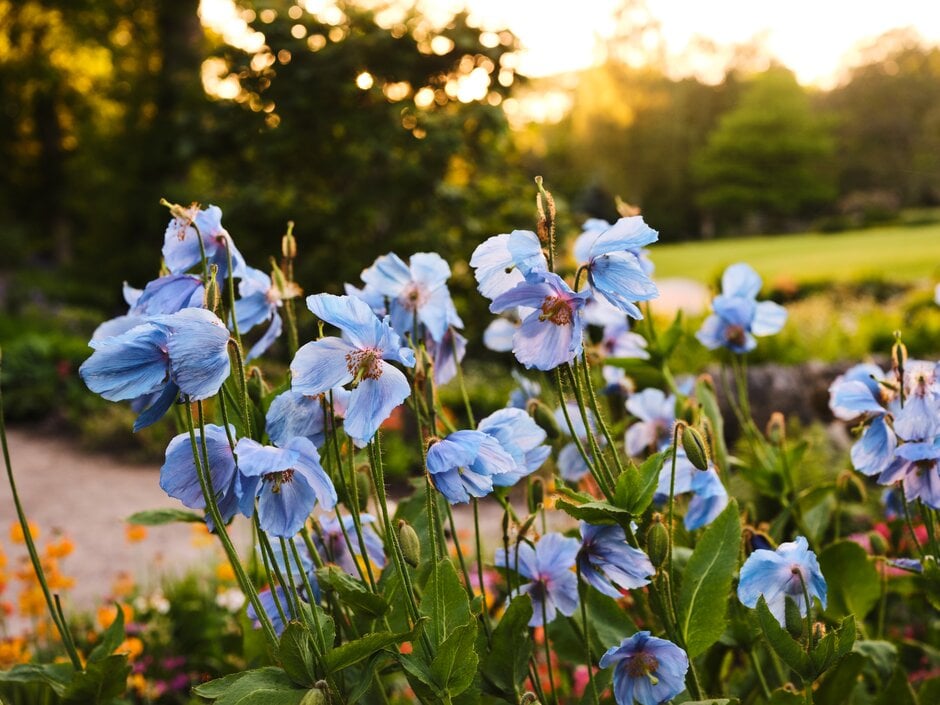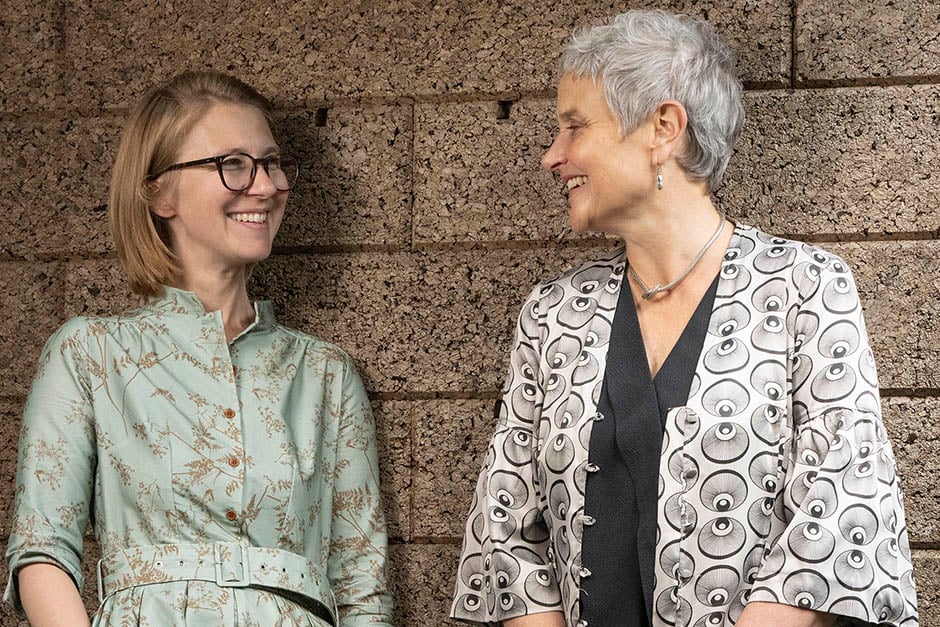The National Autistic Society Garden
Show Gardens






Designed by Sophie Parmenter and Dido Milne, The National Autistic Society Garden seeks to capture an autistic person’s everyday experience of the world, using walls of cork to create a series of spaces dedicated to different types of social interaction - at work, with friends and family, with partners, and with ourselves.
It highlights a strategy called ‘masking’ – a potentially draining process involving consciously or unconsciously hiding autistic characteristics in order to fit in. The cork ‘masks’ encircle a central sanctuary with a mesmeric kinetic sculpture, alluding to the inner mind’s complexity and beauty.
At a glance:
Who is this garden for?
Autistic people, their families and carers.
Where is the garden set?
Scotland
Who or what is the design inspiration?
The ‘masking’ strategy used by autistic people
The planting scheme is multi-layered, evolving from wetland meadow to river birch woodland, with a vibrant colour palette at its boundary soothing to softer hues at its heart, textured curling bark sits alongside large crusted blocks of expanded cork.
A strong ecological ethos runs through the garden, showcasing the circularity of regenerative systems and the interdependent relationship between natural ecosystems and man-made materials.
Key sustainability points:
- A Whole-Life Approach – A building or a landscape is not just something we inhabit, it is part of a wider life cycle comprising a whole series of time-based processes – from raw material, to processing, to construction, to inhabitation right through to the end of its useful life and beyond. In this context we take a holistic approach, considering environmental sustainability at every stage of the life cycle
- Regenerative Plant Based Architecture – Expanded cork and Accoya timber are plant-based materials that can be used as part of a positive circular relationship between regenerative ecosystems and human-made buildings and landscapes
- Design with Reuse – the stone components are reclaimed from a previous building life cycle, and have been reused ‘as found’ without any further fabrication processes
- Design for Reuse – both the screens and board walk have been designed for disassembly, which maximises the potential for recovery and reuse in another building life cycle in the future
- Longevity – Accoya is Radiata Pine that has been acetylated or ‘pickled’ to create exceptional lifespan and stability
- Material Integrity – There are no manufacturing treatments that compromise the potential for recycling. For example, the aluminium used in the canopies is anodised using plant-based dyes and the expanded cork is cooked in its own juices
Relocation:
The garden will go to a National Autistic Society supported living site at Catrine Bank – alongside the river Ayr in Scotland. Catrine Bank is home to around 35 permanent or temporary residents and more than 250 staff who support them, and work in offices on site. Residents need garden spaces to enjoy and staff need gardens to rest in during breaks, and they all need spaces to socialise with visiting friends, family, and the wider local community.
All Show Gardens



Balcony Gardens
The Discover More Garden sponsored by Viking
The Discover More Garden sponsored by Viking


Balcony Gardens
The Discover More Garden sponsored by Viking
The Discover More Garden sponsored by VikingGet involved
The Royal Horticultural Society is the UK’s leading gardening charity. We aim to enrich everyone’s life through plants, and make the UK a greener and more beautiful place.





